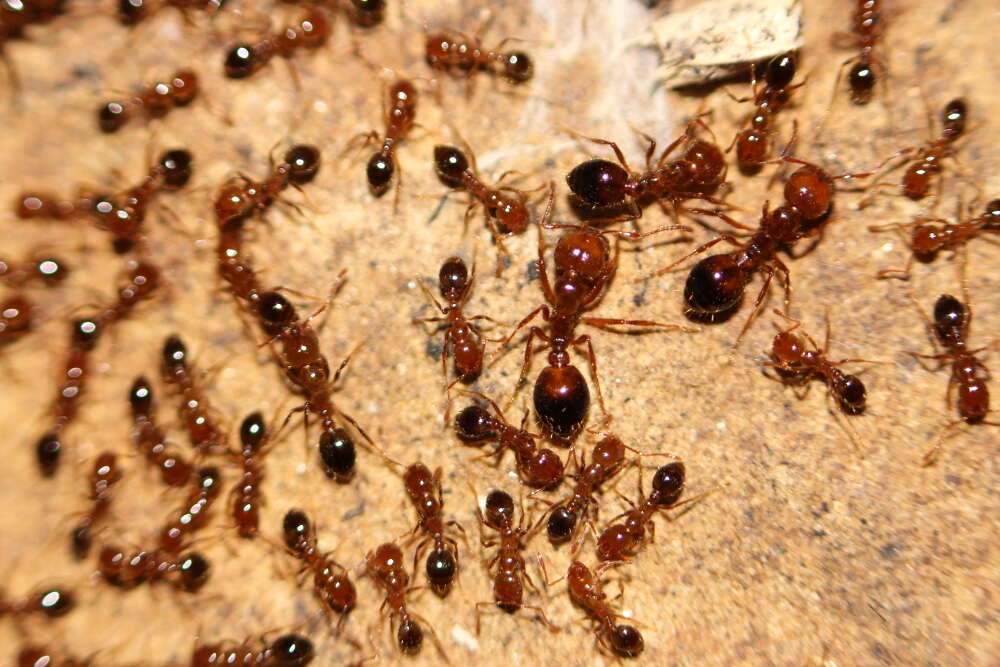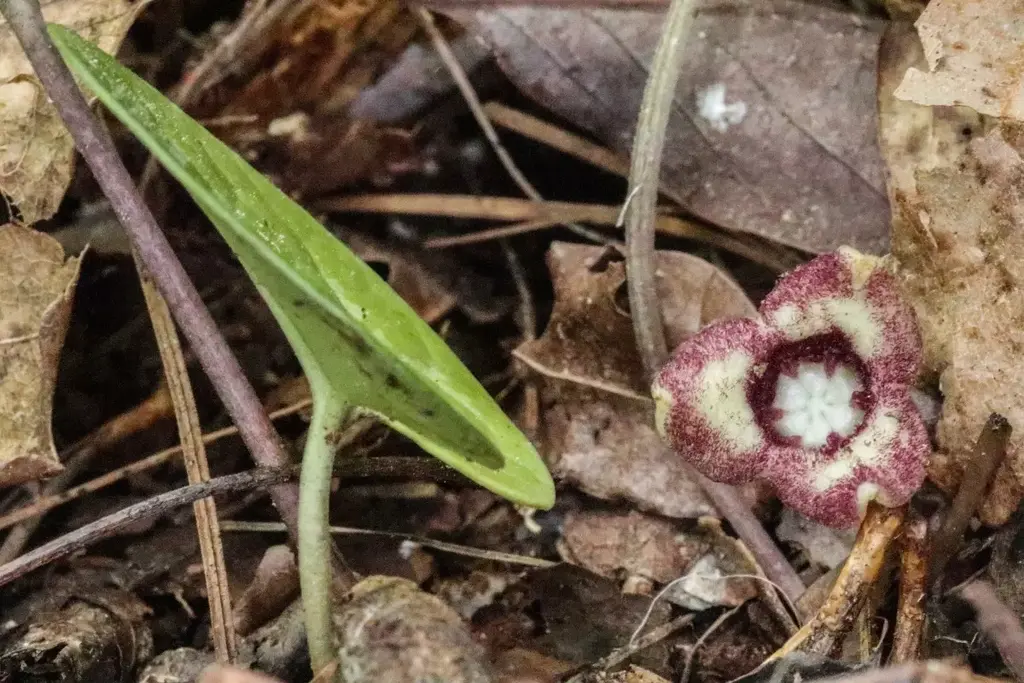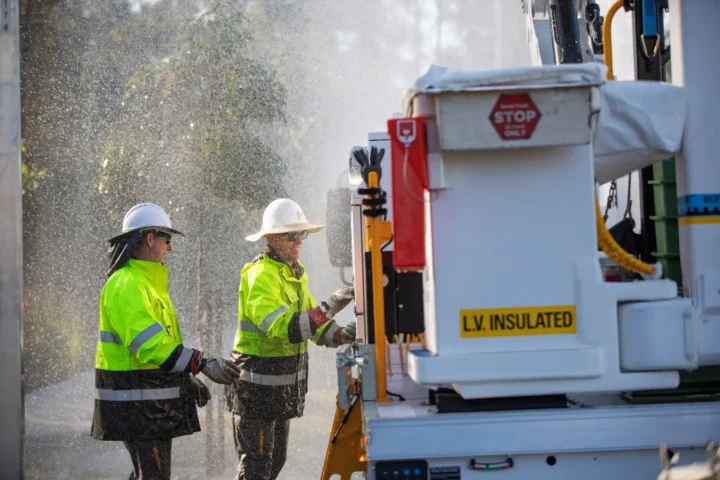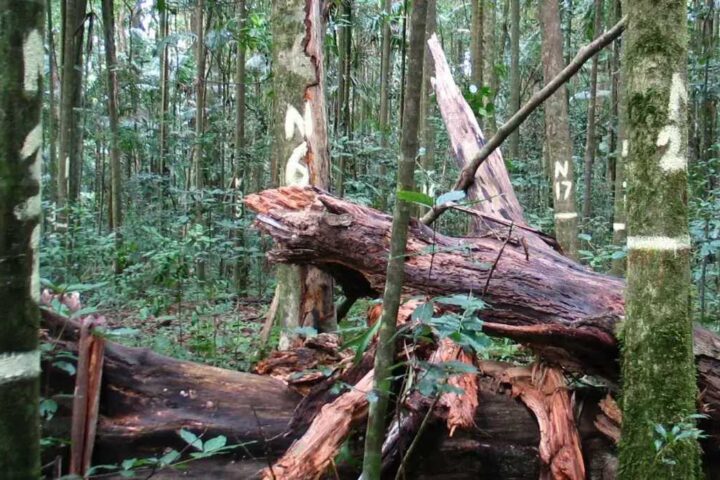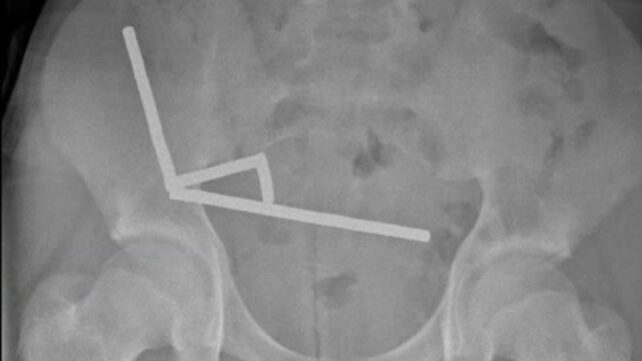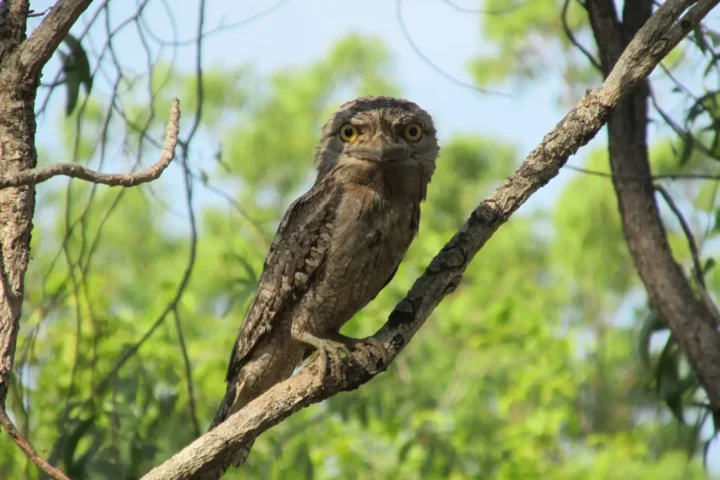Fire ants have been found at BHP’s Broadmeadow coal mine near Moranbah in central Queensland, marking the first detection of these dangerous pests in the region. The discovery has triggered immediate action from authorities and fierce criticism from environmental groups.
The National Fire Ant Eradication Program (NFAEP) confirmed the outbreak on July 9, when officers visited the mine site and destroyed nests using direct injection. The ants were detected about 800 kilometers from the nearest known infestation zone in southeast Queensland.
“This detection is a strong reminder that community and industry vigilance can, and does, stop the spread of fire ants,” said Michael Homden, director of the NFAEP. The program is now conducting genetic analysis to determine how the ants reached the remote location.
Red imported fire ants pose serious threats to agriculture, human health, and native wildlife. In 2024 alone, 23 Queenslanders were hospitalized with severe fire ant stings following flooding from ex-Tropical Cyclone Alfred.
The ants’ ability to survive floods by forming floating rafts has raised additional concerns about their spread. “Since the floods, entire colonies have been filmed clinging on to debris, ready to make nests on dry ground in Queensland and beyond,” said Amanda Lintott, director at Autonomy.
The Invasive Species Council has reacted strongly to the outbreak. “I am incredibly angry about this. This is not bad luck, it’s a spectacular failure because of known gaps in funding, enforcement and surveillance,” said Reece Pianta, the council’s advocacy manager.
Similar Posts
Pianta pointed to recent detections in New South Wales and Western Australia as evidence of a systemic problem, calling for immediate action including at least $24 million in new funding for suppression work.
The economic stakes are high. The Australia Institute has projected that fire ants could cost the country up to $22 billion by the 2040s, with annual damages reaching $2.5 billion beyond 2035 if left unchecked.
A BHP spokesperson said the company is “working closely” with the eradication program to support “rapid containment, treatment, and eradication” of the ants.
The federal government says it has committed nearly $300 million to the eradication program, “nearly four times more investment than was the case at the end of 2021-22.” However, critics argue this falls short of the $200-300 million per year recommended by the 2021 Scott-Orr Review.
Queensland Minister for Primary Industries Tony Perrett expressed concern about the outbreak, saying an incident response team was “immediately stood up” and program staff are “working diligently” to address the situation.
Since their first detection in Australia in 2001, fire ants have spread through parts of Queensland, New South Wales, and Western Australia despite ongoing eradication efforts that have cost $690 million to date.The Broadmeadow mine detection serves as “a national wake-up call,” according to Pianta, who urged all mining sites and construction projects across Australia to check for fire ants, especially if they’ve received materials from southeast Queensland where biosecurity measures are critical.
